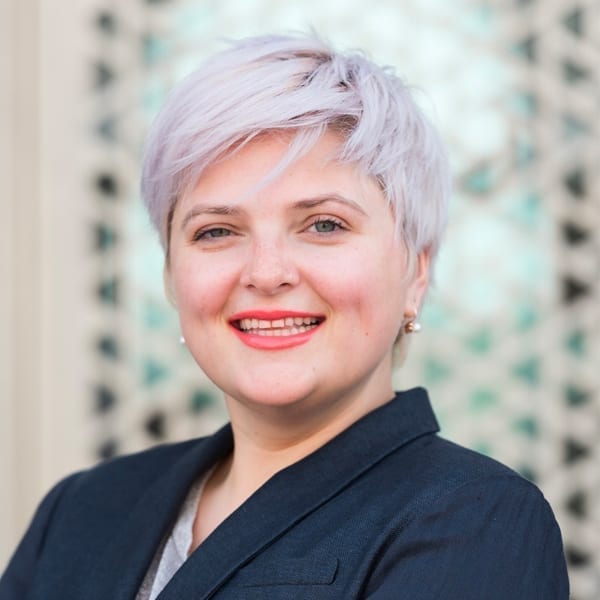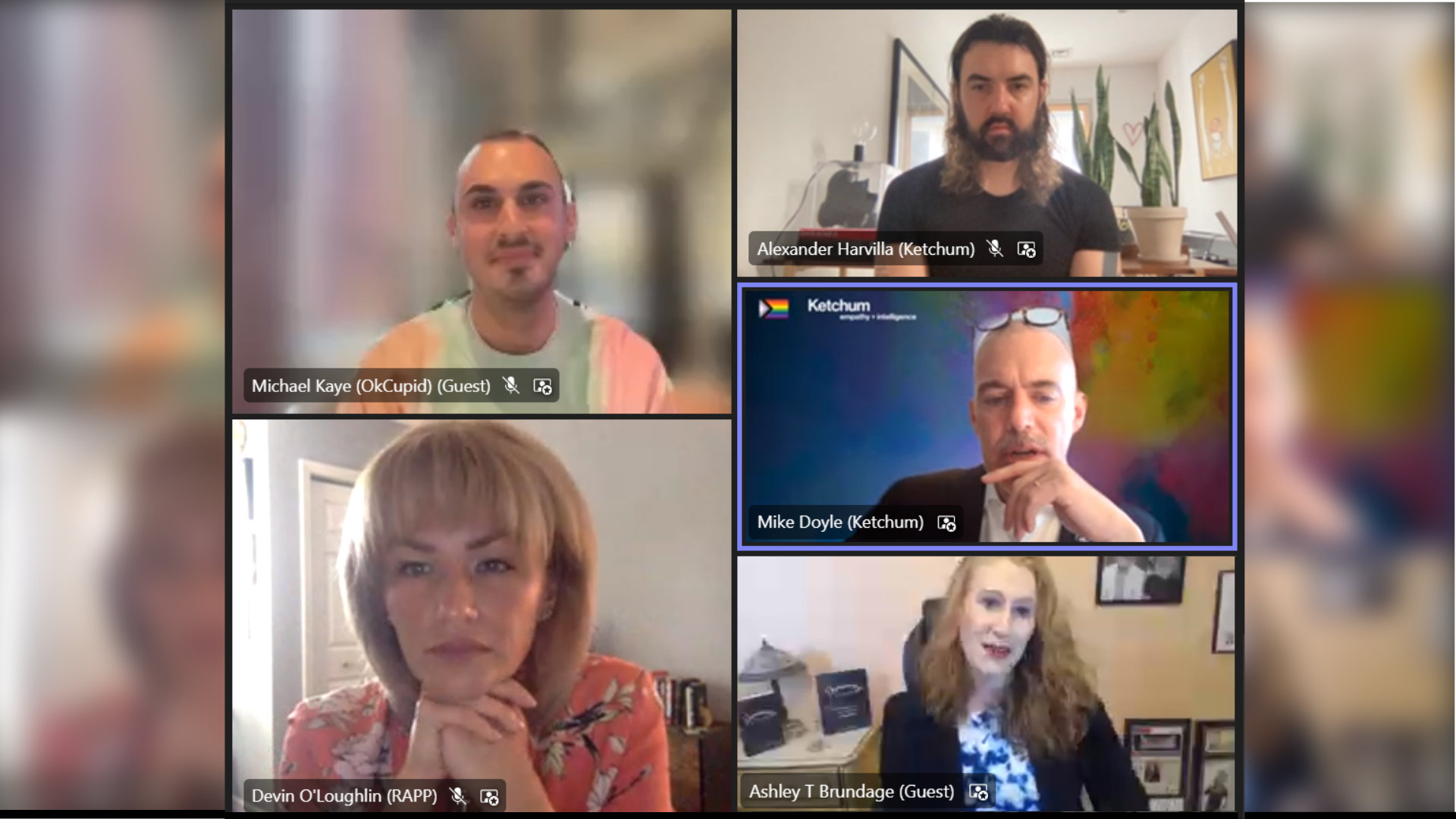Providing the best care for the greatest number of people means confronting biases we don’t even know we have

With the number of children hospitalized with COVID growing rapidly, it is important to confront the uncomfortable truth about implicit bias in pediatric emergency settings. The COVID-19 pandemic has prompted a major wake-up call about racial and ethnic health disparities in the American healthcare system. While bias in health has gained renewed attention, awareness of the issue within the industry is not new. In the nearly 10 years since the first Institute of Medicine (IOM) report on the issue, disparities prevail at all aspects of care, including the pediatric setting.
The landmark 2003 Institute of Medicine report, Unequal Treatment: Confronting Racial and Ethnic Disparities in Health Care, revealed that minority patients receive lower quality care. And, unfortunately, health equity in the U.S. has not improved considerably since this milestone report. In fact, Black Americans, American Indians and Alaska Natives received worse care than white Americans for about 40% of quality measures, according to the Agency for Healthcare Research and Quality’s 2019 National Healthcare Quality and Disparities Report. This stark difference in care has been on full display during the COVID-19 pandemic.
One reason racial and ethnic disparities are so hard to root out is that many are tied to implicit biases. These are unconscious beliefs that bring up automatic connections between different demographic groups and their financial stability, education level and even personality. A group of researchers put together a database of materials that a college educated adult can be assumed to have read during their life. What they found was disturbing: “Black” occurred more often with words like poor and dangerous, while “white” occurred more with words like wealthy and educated. Growing up to avoid such associations is almost impossible as many of these biases are encoded in people from parents, schools, society and media.
Health Equity in Medical Settings
Let’s take a deeper dive into how health inequities and disparities manifest across some key stages of medicine:
- Healthcare professionals are just like us: Healthcare professionals (HCPs) are not immune to forming implicit biases, which appear among them just as often as they do within the broader population. It is not just problematic but tragic when implicit biases determine the type of care a patient receives and the experience they have.
- An emergency setting compounds the problem: Stress, fatigue and competing demands — all too common within an Emergency Department (ED) — worsen the impact of implicit biases. Trying to conserve energy and improve processing, the brain uses cognitive shortcuts to make snap judgements. As a result, implicit biases held by clinicians in the ED bring forth existing stereotypes associated with different races, genders and backgrounds. Examples of these include making assumptions about how severe someone’s pain is or how honest a patient is about promises to take their medicine. It is a dangerous phenomenon that affects treatment recommendations and communications between patients and providers.
- Minority children are subject to the same biased treatment as minority adults: It is perhaps comforting to assume that children should be and are universally cared for by clinicians, and that being a child should supersede any notion of bias and break through any stereotype, especially in emergency situations. However, an emerging body of research is beginning to uncover the uncomfortable truth – minority children receive worse treatment than white children in emergency situations, exacerbating their already vulnerable status. Examples include not getting necessary tests and not managing pain appropriately.
Action to Address Biases Begins with Communication
As communicators, we must create brave spaces for uncomfortable conversations. At Ketchum, our network of health equity specialists has been helping clients understand their role in breaking through existing structures and finding impactful ways to make a real difference. Here are some ways how:
- Speak a common, culturally appropriate language: A key step to having productive conversations is to align on definitions for key terms like “health equity,” understand what role your organization can and should play in this space and get comfortable with being uncomfortable.
- Visual representation matters: Repeatedly seeing certain types of people depicted or talked about in certain ways, or not envisioned in certain roles at all, shapes a lot of the implicit bias in the first place. Be honest about the worldview your organization projects through images and terminology it uses on social media channels, company websites and during interviews. Is it the type of world you want to project to your stakeholders?
- Commit to lifelong learning: Anything that is unfamiliar is immediately uncomfortable, which means more needs to be done to honestly and effectively talk about health disparities, implicit bias and the systems that preserve the status quo. This comes with practice and many wonderful resources have been created to share knowledge, including the AMA Center for Health Equity and a recent review of practical interventions for clinical settings. Also, many Ted Talks delve deeper into unconscious bias and the impact of institutional racism on healthcare, including “How Racism Makes Us Sick” and “The Problem with Race-Based Medicine.”
The first step in correcting implicit biases in pediatric care, or any other healthcare setting, is to recognize that they exist. Ketchum’s network of health equity specialists can help guide you on this journey and initiate steps to mitigate this problem. Reach out if you’d like to learn more!



